Andrew Rule: Evil deeds or self-defence? The sad tales of women who killed
From a shot in the dark to a daily diet of arsenic, three Victorian women resorted to their own DIY methods to make their husbands vanish.
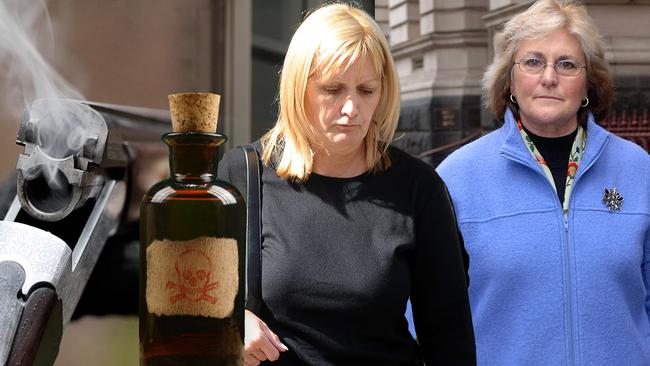
Andrew Rule
Don't miss out on the headlines from Andrew Rule. Followed categories will be added to My News.
Margaret Uttley was unlucky in love. She married at 20 to someone just as young. While she became a hardworking mother of four, her farmer husband became a depressed and angry drunk — especially after the death of his mother, who’d given him the farm.
After 25 years, Margaret tired of Stephen Uttley’s nightly drinking sessions and of treating her as a taxi driver to ferry him to Werribee pubs from the Uttley property at Tarneit.
According to Margaret (the only witness to what really happened that night) about 2am on October 11, 2000, he came into their bedroom with a loaded shotgun and threatened her.
Amazingly, she was able to wrestle it from him and reverse it so that when it “went off” it happened to be aimed so it killed him. All with the lights off.
That shot in the dark wasn’t the only surprising thing that night.
The two younger Uttley offspring, one young adult and one teenager, were supposedly asleep in that small, silent farmhouse — yet didn’t hear a thing, which might surprise anyone familiar with a shotgun’s deafening roar.
Perhaps they wore earplugs to bed to block out the crickets. Or perhaps Margaret later confused which night was which and who was where.
Next morning, as far as anyone could later recall, the adult son drove his teenage sister to school as usual.
And life went on … for seven years.
Amazing.

But things don’t all just fall into place when you’ve blown hubby away. There’s a lot of hard work and loose ends.
The sudden brain-freezing problem of what to do with a bleeding body is where many amateur killers come unstuck. That’s because, mostly, their thinking stops at the point of pulling the trigger.
But Margaret Uttley, multi-tasking mother and capable farm woman, was up to the job. And strong enough to drag, carry or roll the corpse outside to a fernery, dig a grave and bury it. All by herself, it seems.
Months after the strange incident of the shotgun in the night time, Margaret arranged some quiet “me time” to dig up the stinking mess she’d made of Stephen Henry Uttley. She painstakingly burned it and transferred the charred and much reduced remains to a smaller hole elsewhere on the property beside the Werribee River.
So much for the logistics of homicide. But what about public perceptions? What about four adult children, relatives, friends and neighbours who realised that Stephen Uttley wasn’t around any more?
Margaret thought of that, too.

She told everyone who cared (perhaps not everyone did) that Stephen had left her to work somewhere in the Northern Territory. Runaway husband. End of story.
Except it wasn’t, quite. As the years rolled past, Stephen Uttley’s siblings could no longer ignore sneaking doubts that grew into angry accusations. Finally, the police came knocking.
Eventually, Margaret Erica Uttley told her version of her story to sympathetic detectives and made the wise decision to be represented by one of the shrewdest lawyers west of the Westgate Bridge alongside wily defence counsel Phil Dunn.
The judge agreed with the defence that it wasn’t premeditated murder — because, he opined, the proposition that two other people were sleeping in the house at the time meant it must have been a totally spontaneous confrontation between drunken, armed husband and frightened, long-suffering wife.
Result: a guilty plea to manslaughter, meaning a five year sentence with a minimum of two, less the time she’d been on remand. Margaret was sentenced in March 2009 and walked out of Tarrangower women’s prison in late 2010.
The dead man’s sisters weren’t happy.
There is a postscript to the Uttley story. But, first, it’s worth noting that Margaret isn’t the only DIY type to make a husband vanish.
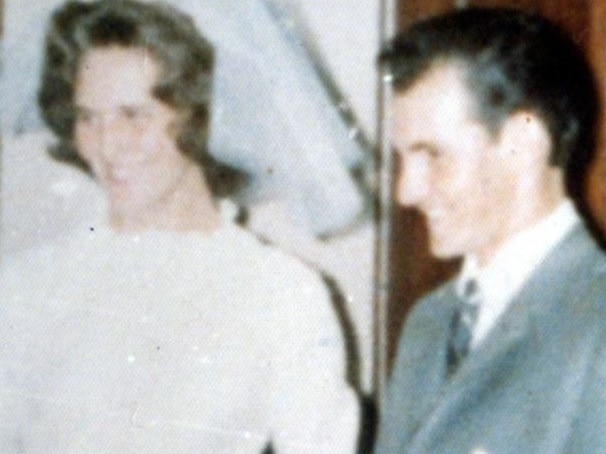
There’s Lorraine Moss, the Bendigo housewife who carefully poisoned her husband, Leonard “Johnny” Moss, adding enough arsenic to his meals to kill a horse. His lunchtime sandwiches were so toxic that workmates who shared them ended up in hospital and off work for a long time.
The hungry workmates recovered but Moss didn’t, because every time his condition improved (while he was in hospital) he would sicken again after going home to Lorraine, who happened to be having a torrid affair with another of her husband’s not-so-loyal workmates.
Lover boy was Robert Whyte, the man she would marry after poor “Mossy” finally died in early 1984, after 16 months of being white-anted with arsenic.
Lorraine got lucky for a long time. An Austin Hospital laboratory report (showing that Moss had 80 times the safe level of arsenic in his system) simply got lost. That was in 1983, when that knowledge would have saved Moss’s life and attracted police attention. The report’s absence was enough to cause a kindly coroner to say in 1986 there was no proof that Lorraine had poisoned him.
Unlucky Johnny. Lucky Lorraine.
But God and the Law move in mysterious ways, mostly very slowly.
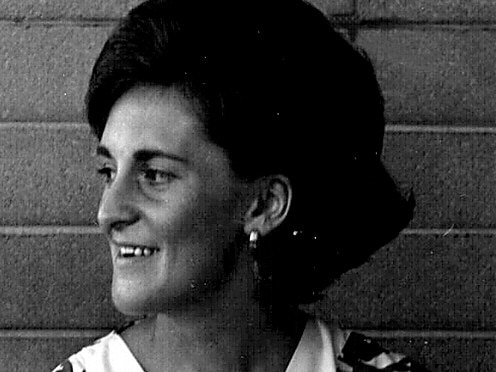
Unluckily for Lucky Lorraine, she had a strange idea that once 20 years had passed, suspicious deaths were no longer suspicious and so she couldn’t be charged.
Wrong. An even bigger mistake was mentioning it to her daughter who, shocked that Mum was confessing to murdering Dad, called the police. Who promptly wired the daughter for sound so she could get Mum to spill the beans on tape.
And that was enough for a (different) judge, the lean and always appropriately mean Bill Gillard, to say Lorraine’s “wickedness knew no bounds,” and to sentence her to 22 years with 18 minimum.
That was in 2002. Which means the former Lorraine Alice Moss is now out there somewhere. Like many older people, she’ll be wondering where the last 20 years went.
A retired homicide sergeant recalls her as a hospitable suspect who always offered him a cup of tea. Which he never, ever touched. Just in case.

Quiet killers like Lorraine Moss and Margaret Uttley make a small but fascinating subset of so-called “domestic” killings.
One that falls between the gravity and depravity of Lorraine Moss the loved-up poisoner and the incredible bad luck of shotgun killer Margaret Uttley is the case of Heather Osland, jailed for less than ten years after annihilating her abusive husband.
The Oslands also lived in Bendigo. But whereas Johnny Moss was merely unlucky in his wife’s choice of bedmates, Frank Osland’s reputation was as an abusive husband and father for years before Heather hit back in 1991.
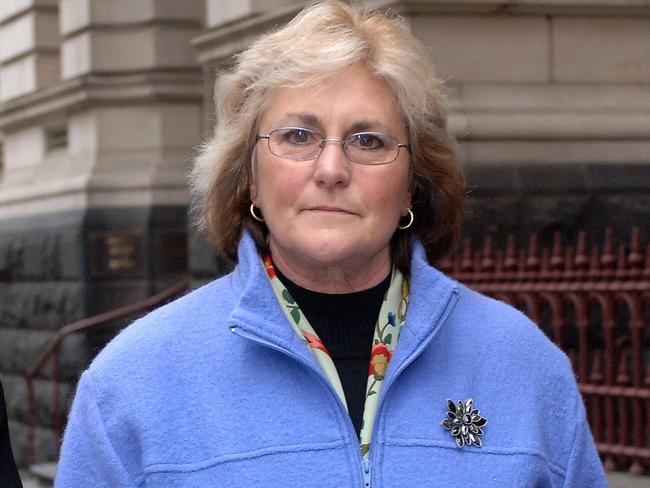
Heather drugged Frank Osland with a sedative so her son could club him to death with a metal pipe. The boy was acquitted after a plea of self-defence but Heather was found guilty of murder.
The Supreme Court and High Court rejected her pleas of self-defence. No matter how the defence angled it, her premeditation made it murder, albeit one that a lot of her supporters believed was justified. A small crowd of well-wishers clapped and cheered her when she was released from Tarrengower Prison in July 2005.
Uttley, Moss and Osland all did their time. The difference between those three and Diane Griffey is that they either pleaded guilty or were found guilty.
When Diane Griffey’s ex-husband Michael was found well and truly dead, wrapped up in a tarpaulin and a bedsheet in the garage of the family home early in the new year of 2006, she said it was clearly a robbery gone wrong and nothing to do with her. And she stuck to her story.
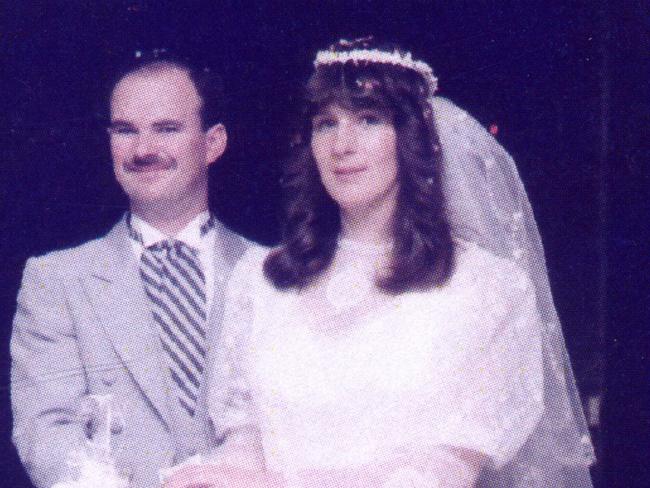
Homicide detectives disagreed. It seemed to them a classic “domestic” inside job.
Michael had been bludgeoned to death by someone in a rage, then his body had been carefully covered. Not the work of a hired killer or a burglar caught thieving. This was personal.
In fact, detectives were so convinced that Diane Griffey was in the frame that they charged her with killing the man who had left her for another woman.
His battered corpse was in her garage at least four days before she reported it. Then there was the tricky fact Diane had told a friend her husband was worth more dead than alive because of his $1.54m life insurance policy. That slip didn’t seem to help her chances of walking.
What helped her chances of walking was the eleventh-hour confession, or perhaps “confession”, of her youngest daughter Cassandra.
After the split, Diane had stayed in the family home with their children: Natasha, then 19, Kenny, 18, and Cassandra, 16.
Michael Griffey loved his kids. But a question detectives asked was whether they all loved him back — or maybe loved their mother more.
Diane Griffey and her son, Kenny, were the police’s only suspects. They released Kenny but not his mother, who was charged with a murder she strongly denied and still does.
The police case was that Diane had killed her husband then tried to make it look like a robbery. She seemed to have the means and the motive — he had left her, she was short of money and his life insurance was big.

A strong circumstantial case. But not strong enough to beat a novel twist.
As Diane’s trial loomed in 2007, her youngest daughter blindsided investigators by confessing to her father’s murder. She wasn’t charged but police knew it would raise enough doubt for a jury to acquit her mother.
Perhaps she’d overheard someone theorise about how to muddy the water.
Either way, you’d think Diane Griffey landed better than Margaret Uttley. But Uttley’s luck turned after her release in 2010. New land zoning rules meant the family farm, by then controlled by her and the children, was worth about $20m.
Given her looming million-heir status, it’s not unsurprising that Margaret acquired a life partner and a share in a young racehorse trained at Flemington.
The galloper became one of the most durable sprinters around, winning several big races and close to $900,000 in stakes.
The horse’s name? Sirius Suspect. Sired by a stallion named Wanted.




